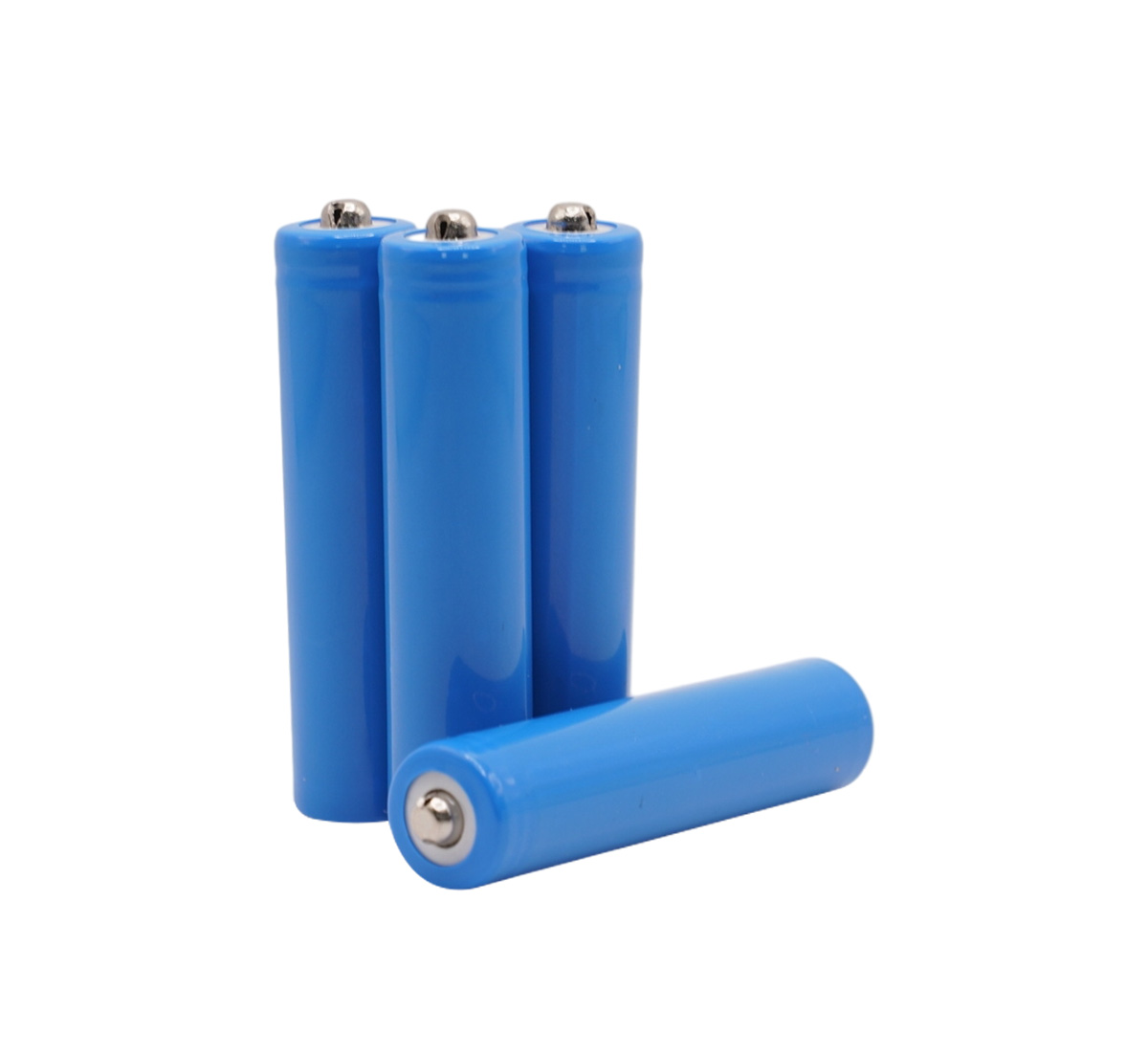Time:2024-01-11 Preview:1 source:News

At present, the common battery preheating technologies mainly include the following:
Thermistor heating: Place a thermistor near the battery pack as a heat source. Depending on the state the vehicle is in (such as charging or driving), the energy source of the preheating structure may vary slightly. For example, during charging, the battery management system (BMS) will monitor the battery status. If the temperature of the battery pack is too low, it will use the power provided by the charging pile to preheat. If the temperature of the battery pack is too low during driving, the energy comes from the power battery pack.
Liquid cooling temperature control: The liquid cooling temperature control system is mainly used to cool the battery pack at high temperatures and heat it at low temperatures. The system mainly includes heat and cold exchangers, heating devices, coolant circulation pipelines and liquid circulation power sources.
Battery natural heating: Use the heat generated by the battery during operation or charging and discharging to increase the battery temperature. This method heats slowly, and the battery temperature may not have risen to the optimal operating temperature after the vehicle is used.
Air blast heating: The external air conditioner blows hot or cold air to control the temperature inside the battery pack. However, this technology requires strict design of the air duct in the battery pack, and the temperature rise effect is slow. If the design is improper, local temperatures may be too high.
Electric furnace preheating: Use electric heaters (such as Peltier effect heaters, electric heating sheets, electric heating covers, etc.) for preheating. Among them, the Peltier heating furnace uses the Peltier effect of semiconductors to generate two surfaces for heating and cooling during the heating process, and realizes heating and cooling of the battery by regulating the direction of the current. This method can achieve a heating rate of 0.6 to 1°C/minute, and the energy required for preheating is approximately 2.5%.
Each of these preheating methods has advantages and disadvantages, and the appropriate preheating method should be selected based on actual application scenarios and needs.
Related suggestion:
Detailed explanation: Key technologies of electric vehicle BMS